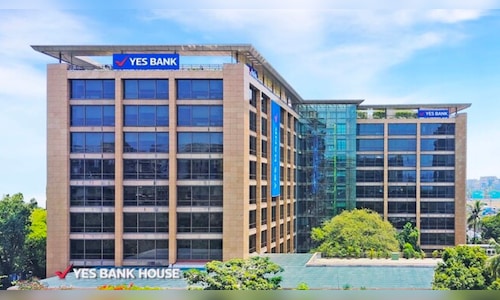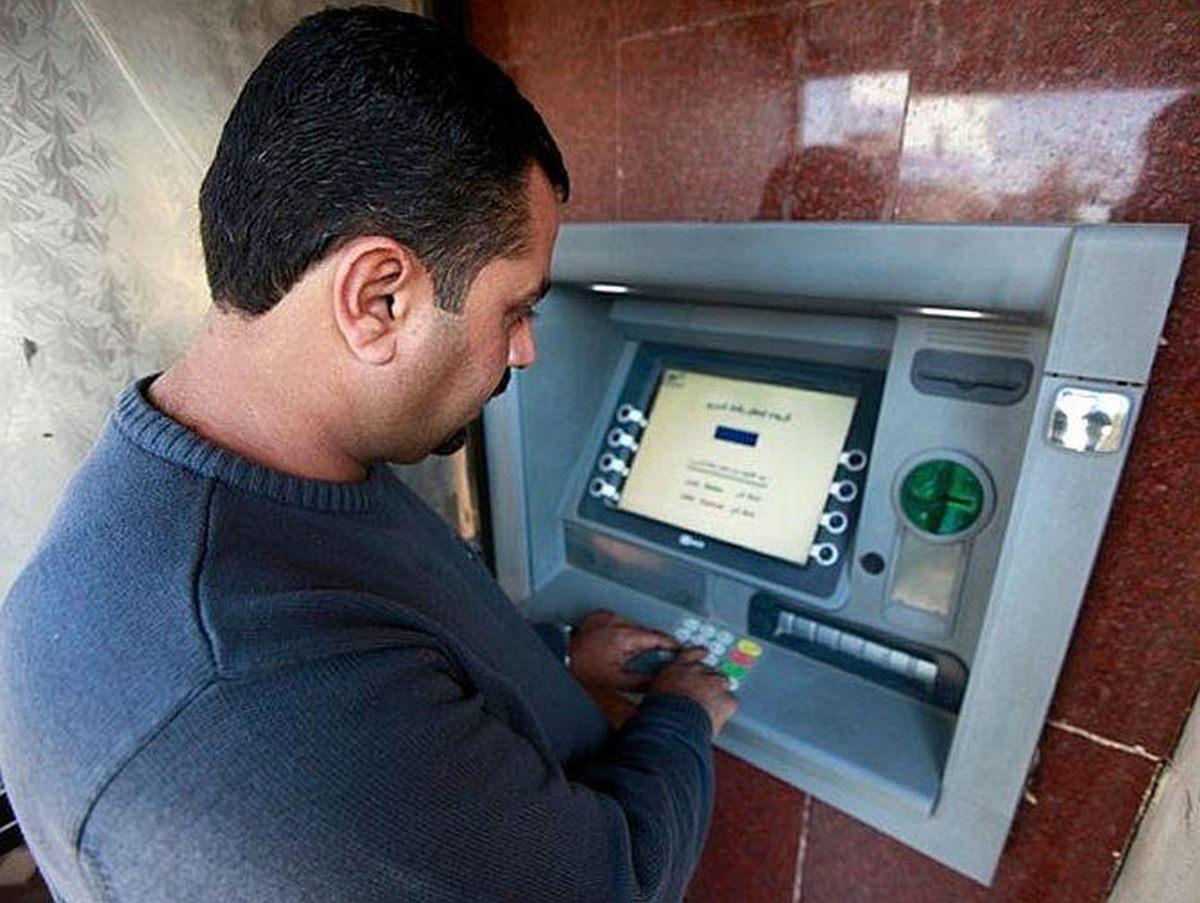The gains are clear for all the Indian parties – for Yes Bank and the stake sellers, State Bank of India (SBI), IDFC, Federal, Bandhan, ICICI and HDFC.
SBI and the rest purchased Yes Bank shares at ₹10 and are exiting at ₹21.50. They have made about 115% in 5 years or over 20% per year. Not a bad deal. As per banking analysts at IIFL, SBI’s profit is set to rise by 7.5% in FY26, because of this deal. Besides it will also see an accretion to its equity capital (or CET 1) as some of the capital that was set aside for the Yes Bank exposure gets released. Other sellers like IDFC First Bank, Federal and Bandhan will also see a substantial 5-7% gain in their profits this year from their Yes shares sale.
For Yes Bank, the Sumitomo entry can be beneficial in many ways. First, it steadies the bank with a solid partner with deep pockets to provide capital if needed. SBI was always a transitory saviour. SMBC is a permanent global investor and partner. The Japanese heavy weight can bring foreign trade customers to Yes Bank. It can open the door to lead loan syndication deals. It can bring greater cash management expertise.
If as part of China-plus-one moves, more Japanese or even US companies invest in India, Yes Bank can expect to be their banker as SMBC may be already having relations with these clients and such relationship could be leveraged. Any foreign bank will tell you how hugely margin accretive such business of servicing MNCs can be.
SMBC has deep pockets and can subscribe to fresh capital issuances by Yes Bank, of course within Reserve Bank of India (RBI) rules.
Also Read: General Atlantic likely to offload 6% stake in KFin Technologies via block deals
Going by the Catholic Syrian and IDBI precedents, RBI will mostly be glad to allow sturdy fit and proper foreign banks to take high stakes in Indian banks, but looks unlikely just yet to raise the ownership ceiling beyond 26%.
RBI has a 26% cap on promoter stake in an any bank. Experience during the Lehman crisis scarred many central banks about relying on foreign banks. At that time foreign banks had pulled off capital from foreign subsidiaries because of problems at home, leaving many emerging market (EM) countries struggling. Banking has since become more domestic.
WHATS IN IT FOR SMBC?
How much Sumitomo gains from this deal is still a matter of debate. Foreign banks have seen their market share erode rapidly in India in the past 2 decades. They are not given branch licences easily by RBI because of the domestic bank preference everywhere. And it is tough to make a mark in retail banking unless one has branches. Which explains why Citi sold off its entire retail business to Axis Bank in 2023 and Standard Chartered sold its personal loans business to Kotak Bank earlier.
The only way a foreign bank can give substantial rupee loans is if it has branches. Sumitomo may have hence preferred this strategy of buying a stake in an Indian bank. There aren’t too many Indian banks up for sale. Only Yes and IDBI. Some observers wonder if DBS has made much money in India from its investment in Lakshmi Vilas Bank (LVB).
Also Read: Reports of Sumitomo getting RBI approval for Yes Bank stake are ‘incorrect’: Banking Sources
SMBC is capital rich and has a strategy to grow globally. Already 40% of its business comes from foreign countries and only 60% from its home market Japan. It is big in the US and in countries like Korea. Given the slow growth of the Japanese economy. In Asia, China is a no go, which leaves India as one of the best growth options.
As Toru Nakashima, president and group CEO, Sumitomo Mitsui Financial Group, and Akihiro Fukutome, president and CEO, SMBC, said in their statement., “India represents a key market for us, and we see immense long-term potential in its dynamic and fast-growing economy”.
SMBC already has a presence in the Indian NBFC space when it bought a 74% stake in Fullerton. That company’s current name is SMFG India Credit Co Ltd. Besides this, SMBC also has a couple of its own branches. In time, it may make sense for SMBC to merge these into Yes Bank
RBI’s 26% VOTING CAP – A HURDLE
Here’s where RBI’s approach to foreign banks becomes key. The Central Bank’s current approach is to cap individual foreign bank stakes in domestic private banks at 15%. But it has made exceptions for distressed banks, to serve financial stability. Fairfax Financial was allowed to hold 51% stake in Catholic Syrian Bank (now CSB Bank) in 2018, and Singapore’s DBS Bank was allowed to take over Lakshmi Vilas Bank in 2020. Both were in a seriously distressed condition.
However, RBI has a 26% cap on voting rights for a single entity and this has been a show stopper for foreign banks. Most foreign banks would like a 51% stake at least so they can control the bank. But RBI rules cap voting rights at 26%.
SMBC’s OPTIONS
It was widely expected that SMBC would buy a 26% stake ab initio and then make an open offer for another 26%. The fact that SMBC has only gone for 20% can mean the following:
Like all foreign banks, it is averse to owning a 51% stake but having only 26% voting rights. It may retain its stake at 20% and may be look to merge SMFG Credit into Yes Bank, which can raise its stake in the merged entity.
Alternatively, it may be testing waters. Some Japanese companies have not had a pleasant experience in India – Daiichi with Ranbaxy and Docomo with Tata Indicom for instance. It is possible SMBC is waiting to see how it goes with Yes Bank and will increase its stake gradually if the experience is good.
Bankers close to the issue say SMBC may contemplate increasing its stake beyond 26% in course of time. They explain if SMBC takes its stake to 51%, 25% of that 51% won’t get voting rights. That bloc will have nil votes. But in the balance 75% shareholding, SMBC will account for one-third or 33% which may not be a bad place.
Some foreign bank executives in India did express surprise at SMBC making such a large investment with less than commensurate control. They see capital appreciation of Yes Bank shares as the only gain for SMBC. But given the growth opportunities that India holds, even capital appreciation of its Yes Bank stake may be much more for SMBC than domestic growth in Japan.
Will RBI at some point remove the 26% cap, for widely held institutions, so as to ensure more capital for India’s growth? As domestic banks like HDFC, ICICI, Axis, Kotak and PSUs like SBI, Punjab National Bank (PNB) and Bank of Baroda (BoB) grow larger, RBI and the Indian government may get confident about allowing foreign banks a larger place. SMBC is probably banking on that.




